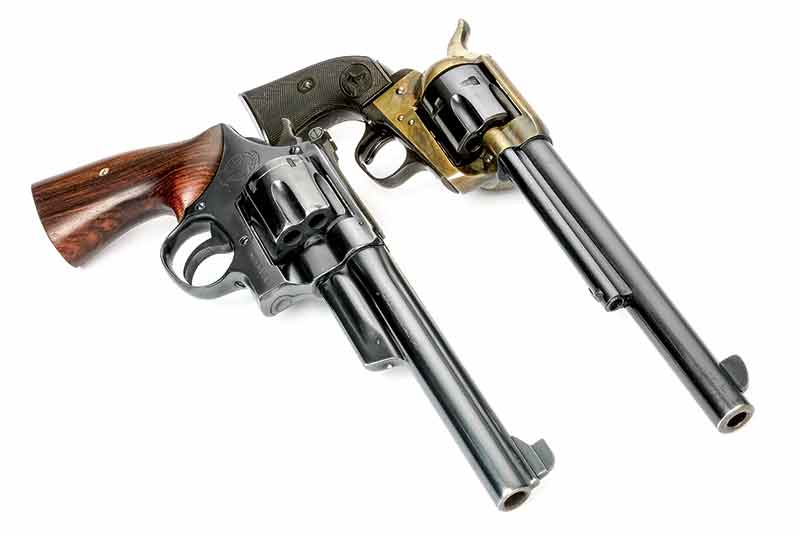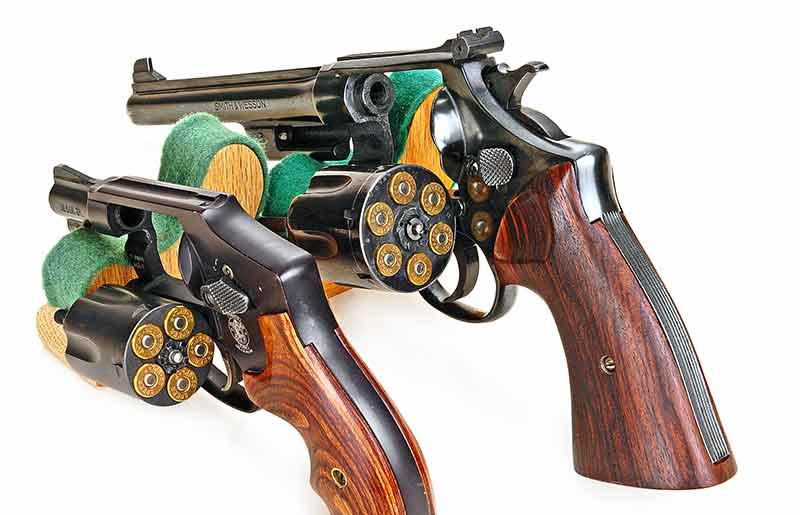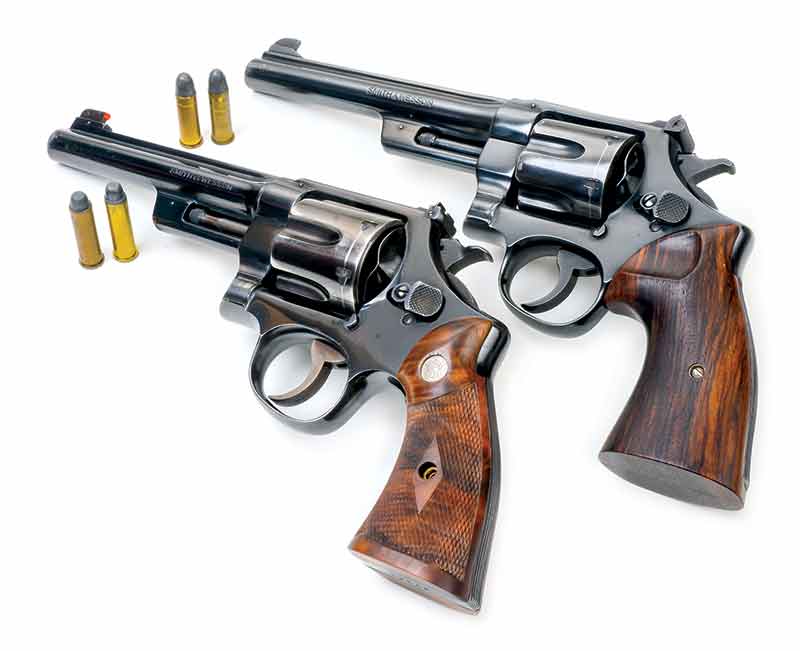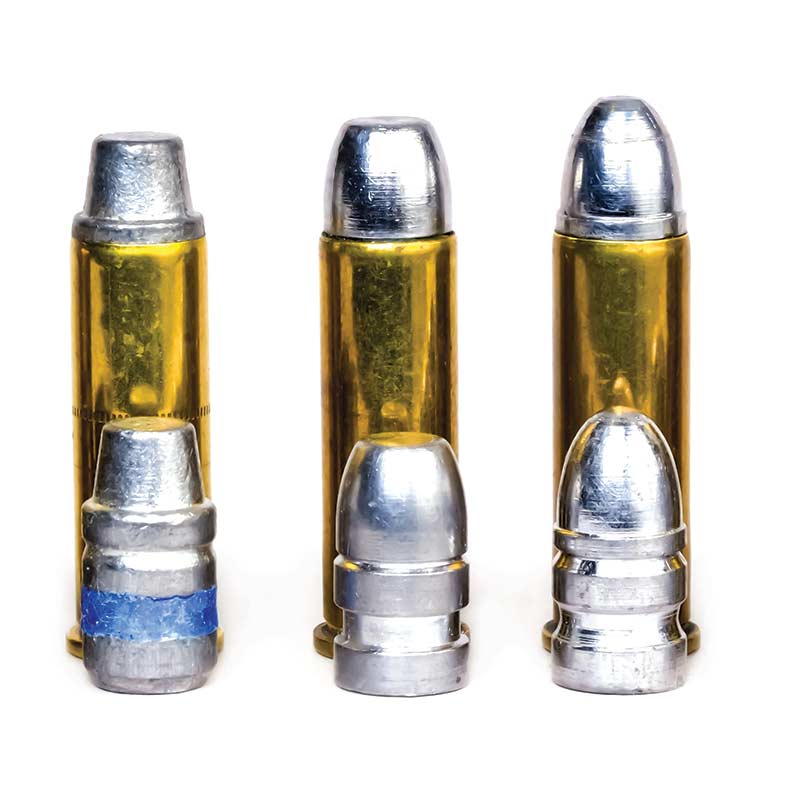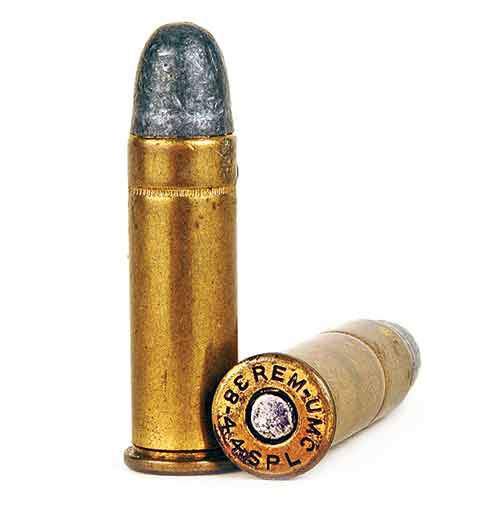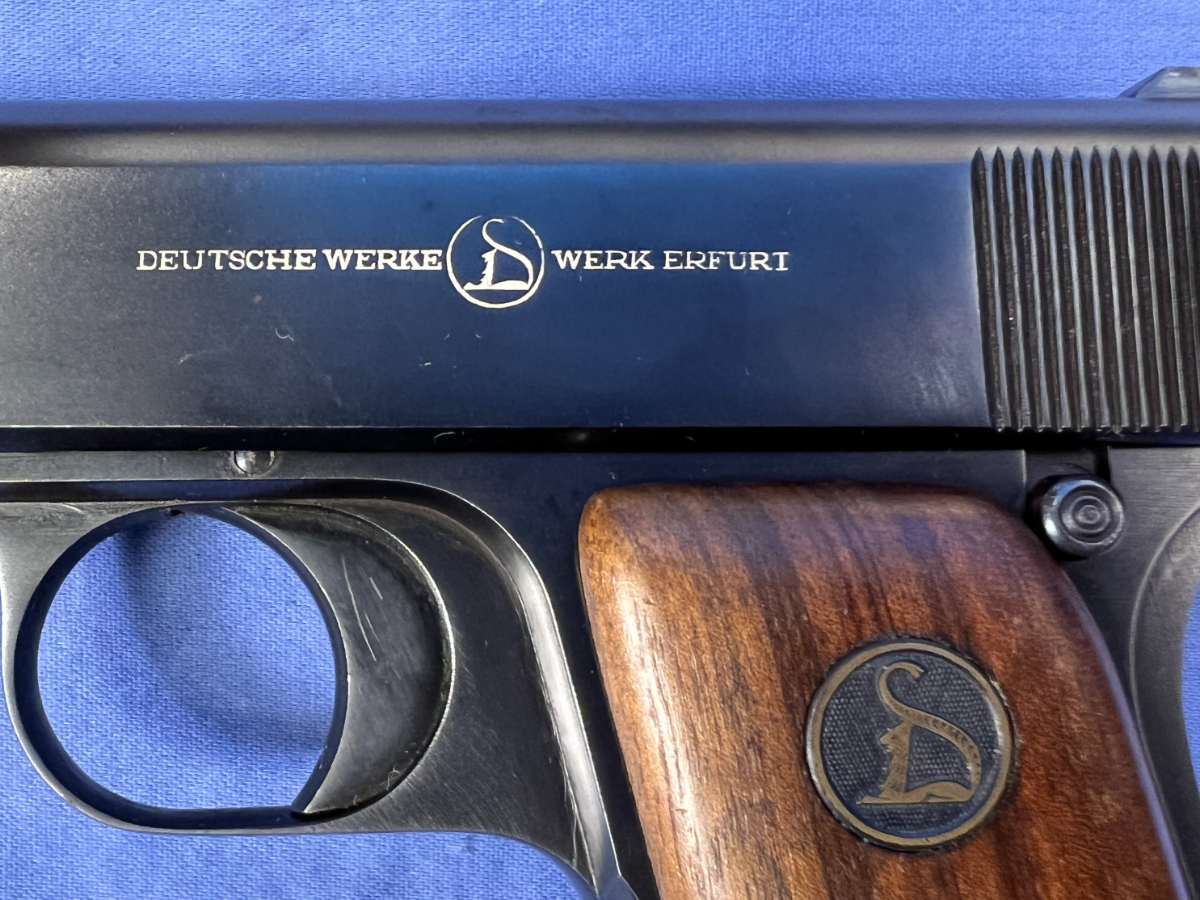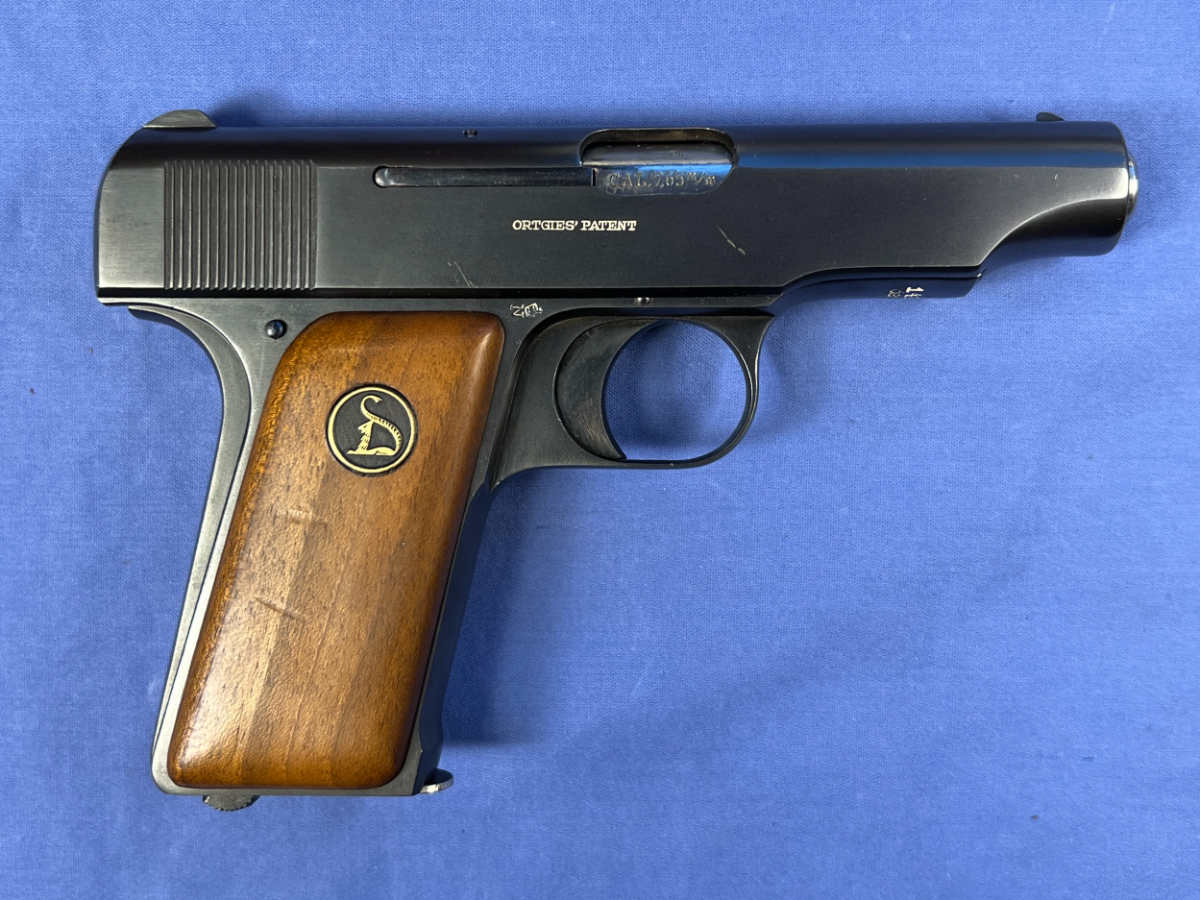NEW YORK (AP) – New York‘s Democratic leaders aim to preserve as many restrictions as possible on carrying a handgun in public after the U.S. Supreme Court on Thursday struck down key portions of the state’s gun-licensing law.
State and New York City officials are zeroing in on specifying “sensitive locations” where concealed weapons could be forbidden, including a concept that would essentially extend those zones to the entire metropolis. Other options under consideration include adding new conditions to get a handgun permit, such as requiring weapons training.
Gov. Kathy Hochul, a Democrat, vowed to call the Democrat-led Legislature back for a special session to pass new rules.
“We have a whole lot of ideas,” said Hochul, who said she discussed policy options Thursday with the mayors of the state’s six largest cities.
NY concealed carry case: Sen. Zellnor Myrie
FOX 5 NY speaks with New York state Sen. Zellnor Myrie about the U.S. Supreme Court’s recent decision expanding gun rights and striking down key portions of New York’s gun-licensing law, and how New York lawmakers plan to respond.
New York City Council Speaker Adrienne Adams, also a Democrat, said state lawmakers should ban people from carrying handguns in any place containing more than 10,000 people per square mile (259 hectares), or anywhere within 1,000 feet of mass transit systems, hospitals, parks, government buildings, schools, churches, cemeteries, banks, theaters bars, libraries, homeless shelters and courts. That would effectively include the whole city.
While it’s not yet clear what might come of the discussions, what was clear was the sense of urgency that New York’s Democratic leadership feels about retaining some curbs on guns in public places. The officials argue that such restrictions are life-saving: Statistics show the state, and its biggest city, consistently have among the nation’s lowest firearm death rates.
Impact in NY of Supreme Court’s gun ruling
Many people are wondering just how quickly the changes from the Supreme Court’s first major gun control decision in over 10 years will be implemented. FOX 5 NY spoke with local leaders, advocates and officials about what the future holds for carrying a firearm in New York.
“We are prepared to set an example that will lead the country as to: how do we fight back on this decision?” said New York Mayor Eric Adams, a Democrat and a former police officer and gun owner.
“We cannot allow New York to become the Wild West,” he said.
NY concealed carry case: What ruling means
Richard Aborn, the president of the Citizens Crime Commission, weighs in on the U.S. Supreme Court’s ruling striking down New York’s concealed carry firearms law. Aborn disagrees with the ruling and expects New York lawmakers to enact new laws that would withstand further scrutiny by the high court.
New York, like many other U.S. cities, has contended with rising concern about violent crime, though New York City police statistics show shootings have declined about 12% and murders 13% so far this year, compared with the same period last year. But murders remain at their second-highest level since 2012.
The high court opinion comes shortly after New York state tightened semi-automatic rifle regulations following a May 14 shooting in Buffalo, where a white gunman with such a weapon killed 10 Black people in a racist attack. Officials said the gun was purchased legally, but New York doesn’t allow sales of the ammunition magazines that were used.
As state leaders reacted to Thursday’s ruling, Republican Chairman Nick Langworthy said it was “disgusting yet highly predictable” that Hochul and other Democrats “are trying to gin up fear and division over a legal gun owner’s right to protect themselves and their family.”
Rep. Lee Zeldin, a Republican candidate for governor, tweeted that Hochul “better not make her next move on this another assault on law-abiding NYers.”
New York state’s law dates to 1913. It requires people to demonstrate “proper cause” — an actual need to carry the weapon — to get a license to carry a handgun outside their homes.
There are similar standards in a handful of other states, including California, New Jersey, Massachusetts, Maryland and Hawaii.
Guns limited in sensitive areas
Constitutional attorney Andrew Lieb talks about the decision by the U.S. Supreme Court to strike down NY’s concealed carry gun law. Sensitive places would be limited under the law.
New York’s law did not define what proper cause meant, and it gave local authorities — often police — discretion on whether to issue a license. In practice, that meant most applicants had to show a need that went beyond routine public safety concerns, such as being in a profession that put them at special risk.
In New York City, few people beyond retired law enforcement officers and armed guards could get such a license.
In Thursday’s ruling, written by Justice Clarence Thomas, a Supreme Court majority said the New York rules prevented “law-abiding citizens with ordinary self-defense needs from exercising their right to keep and bear arms in public.”
In a concurring opinion, Justice Brett Kavanaugh noted that the decision didn’t bar states from imposing handgun licensing requirements, such as fingerprinting, mental health records checks, firearms training or prohibitions on carrying the weapons in sensitive places, such as schools and government buildings.
But the majority opinion suggested there were limits to how sweeping the place-based restrictions could be: “There is no historical basis for New York to effectively declare the island of Manhattan a ‘sensitive place’ simply because it is crowded” and policed, Thomas wrote.
Brooklyn Law School professor Bill Araiza said the court “seemed to suggest that it’s certainly OK for governments to restrict carrying guns in sensitive places,” but “poured cold water” on the idea of expansive gun-free zones.
New York City officials insisted that nothing would change immediately, noting that the high court sent the case back to a lower court for further proceedings that could iron out implementation details.
But the decision instantly raised fears among supporters of New York’s handgun limits, saying that loosening the rules could create a marketplace for handguns that now barely exists in the state.
New York has among the nation’s lowest rates of firearm deaths, including from suicides: 3.9 deaths per 100,000 people in 2019 and 5.3 deaths per 100,000 people in 2020.
NY leaders plan to mitigate gun law
From Gov. Kathy Hochul to Manhattan District Attorney Alvin Bragg, leaders in New York say they will take steps to implement restrictions on the Supreme Court ruling striking down NY’s open carry gun law.
Manhattan, a symbol of urban America, had the lowest rate of gun deaths in the state with 1.7 deaths per 100,000 in 2019, according to the Johns Hopkins Center for Gun Violence Solutions.
Columbia Law School professor Jeffrey Fagan, an expert on gun laws, said research indicates that the firearms homicide rate immediately rises in places where restrictions are lifted.
Adams raised the specter of everyday disputes turning into shootouts in New York’s crowded streets and subways. He suggested that police officers would face greater danger, as well as a greater burden of distinguishing between legal and illegal guns in public places.
Some business groups are also concerned. Andrew Rigie of the New York City Hospitality Alliance, a restaurant and nightclub owners’ group, said small businesses should be able to decide what is allowed in their establishments.
Associated Press writers Michelle L. Price, Michael Hill and Jennifer Peltz contributed to this report.


